
We didn't start Omenz to become cotton experts. We started because we're obsessed with tattoo-inspired graphics and wanted to put them on tees that actually do the art justice.
But here's the thing - when you give a damn about how your designs look and last, you end up learning a fair bit about what goes underneath them.
The GSM Reality Check
GSM stands for "grams per square meter" - basically how much the fabric weighs. Most fast fashion tees clock in around 140-160 GSM. They feel thin because they are thin.
We use 240-280 GSM cotton blanks. That's nearly double the weight.
Why? Because art this detailed deserves cotton that can handle it.
What Heavyweight Actually Means for Screen Printing
When you're screen printing (the proper way), you're pushing ink through a mesh screen onto fabric. Thin cotton acts like tissue paper - the ink sits on top, cracks when you move, and fades after a few washes.
Heavyweight cotton has density. The fibres are tighter, more substantial. When we press that ink through the screen with heat and pressure, it bonds into the fabric rather than just sitting on the surface.
The result? Graphics that stay bold, wash after wash. Colours that don't fade into sad pastels after a month.
The Feel Factor
Here's what no one tells you about GSM - it completely changes how a tee feels to wear.
Thin cotton clings. It shows every bump and outline. Heavyweight cotton has structure. It hangs properly, moves with you without sticking to you, and feels substantial without being stiff.
Our 240 GSM classic fits feel like tees that cost twice what we charge. The 280 GSM oversized cuts have this perfect drape that makes the artwork pop without looking painted on.
Why We Don't Go Heavier
You might wonder - if 280 GSM is good, why not 320 GSM or 400 GSM?
Because there's a sweet spot. Go too heavy and the cotton becomes cardboard. It doesn't breathe, doesn't move naturally, and actually makes screen printing harder because the fabric fights the ink absorption.
We tested everything from 160 GSM (too flimsy) to 340 GSM (too rigid) before settling on our range. It's about finding that balance where the cotton supports the art without overwhelming it.

The Australia Factor
Most of our blanks come from suppliers who understand what Australian conditions do to fabric. The heat, the sun, the way we actually wear our tees.
Cheap cotton falls apart in our climate. The UV breaks down thin fibres, colours fade faster, and that nice fit you had after the first wash? Gone by wash five.
Quality cotton holds up. It gets softer with age instead of thinner. The colours stay true even after a summer of Australian sun.
Screen Printing vs. Everything Else
We could use direct-to-garment printing (DTG) on thinner cotton. It's cheaper, faster, and most brands do it.
But DTG sits on top of fabric like a plastic layer. It cracks, peels, and feels weird against your skin. It works fine for simple designs with limited colours, but our tattoo-inspired art has depth, detail, and multiple colours that need proper screen printing to look right.
Screen printing pushes ink into the fabric fibres. Each colour goes through its own screen, building up layers that become part of the tee rather than something stuck on top. It takes longer, costs more, but it's the only way to do justice to designs this intricate.
The Real Cost of Quality
Heavyweight blanks cost us about three times what thin ones do. Screen printing costs more than DTG. Using Australian suppliers instead of overseas adds to the price.
We could absolutely make cheaper tees. Thin cotton, digital printing, generic designs. But then we'd just be another fast fashion brand selling disposable clothing.
Instead, we make tees that last. That feel substantial. That actually showcase the artwork the way it deserves to be shown.
What This Means for You
When you put on an Omenz tee, you're feeling the difference that proper cotton makes. The weight, the structure, the way it hangs on your body.
When you wash it, the graphics stay bold because the ink bonded properly with quality fabric.
When you wear it for months (or years), it gets softer and more comfortable instead of falling apart.
That's what happens when you start with proper cotton and do the printing right.
The Bottom Line
We're not trying to sell you on cotton specs because we're fabric nerds. We use heavyweight cotton because our tattoo-inspired designs deserve it.
Thin tees make beautiful art look cheap. Quality cotton makes the same design look like what it actually is - hand-illustrated artwork that took time, skill, and care to create.
When you wear art, shouldn't it feel like it?
Ready to feel the difference heavyweight cotton makes? Check out our current designs and feel the quality for yourself.

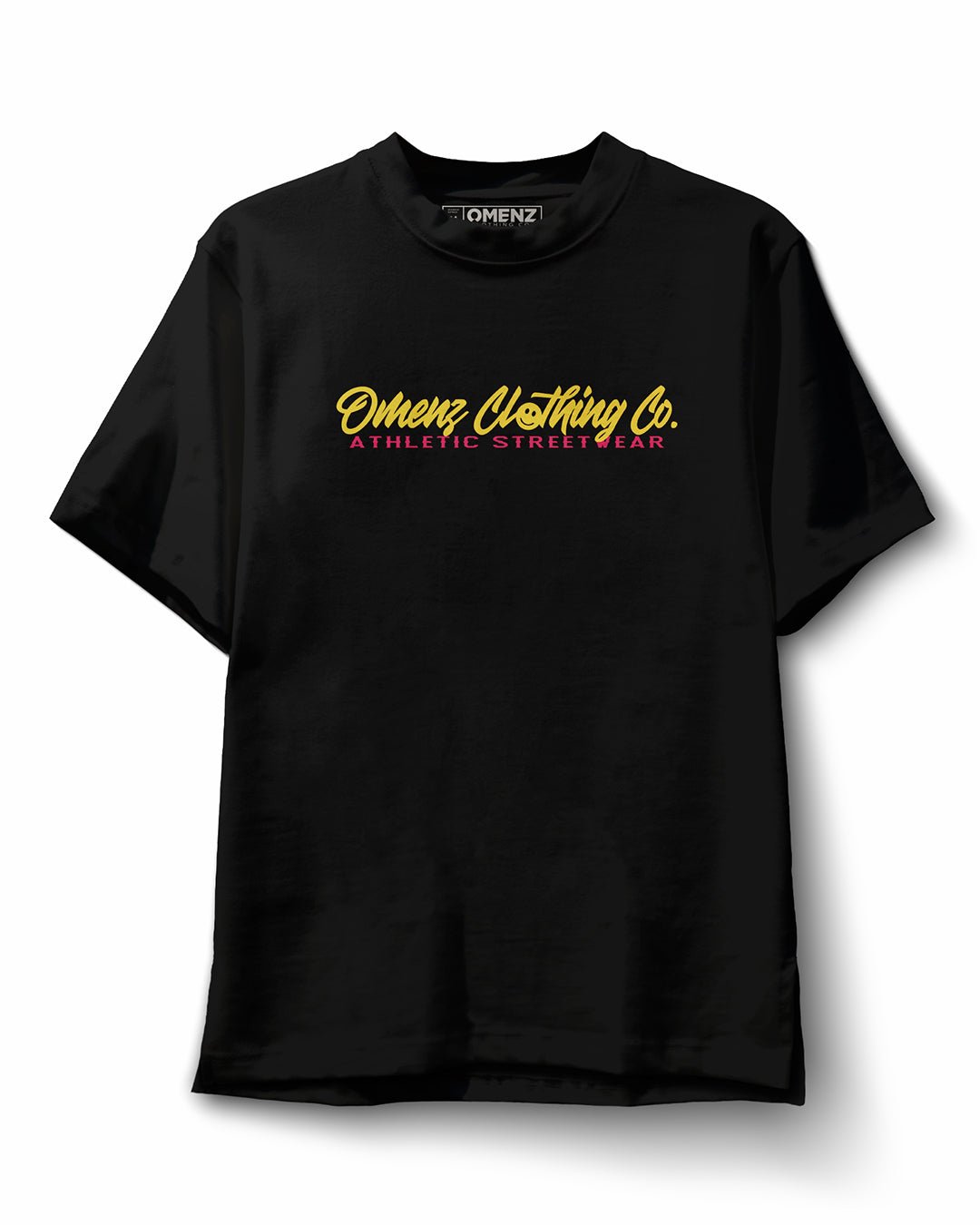

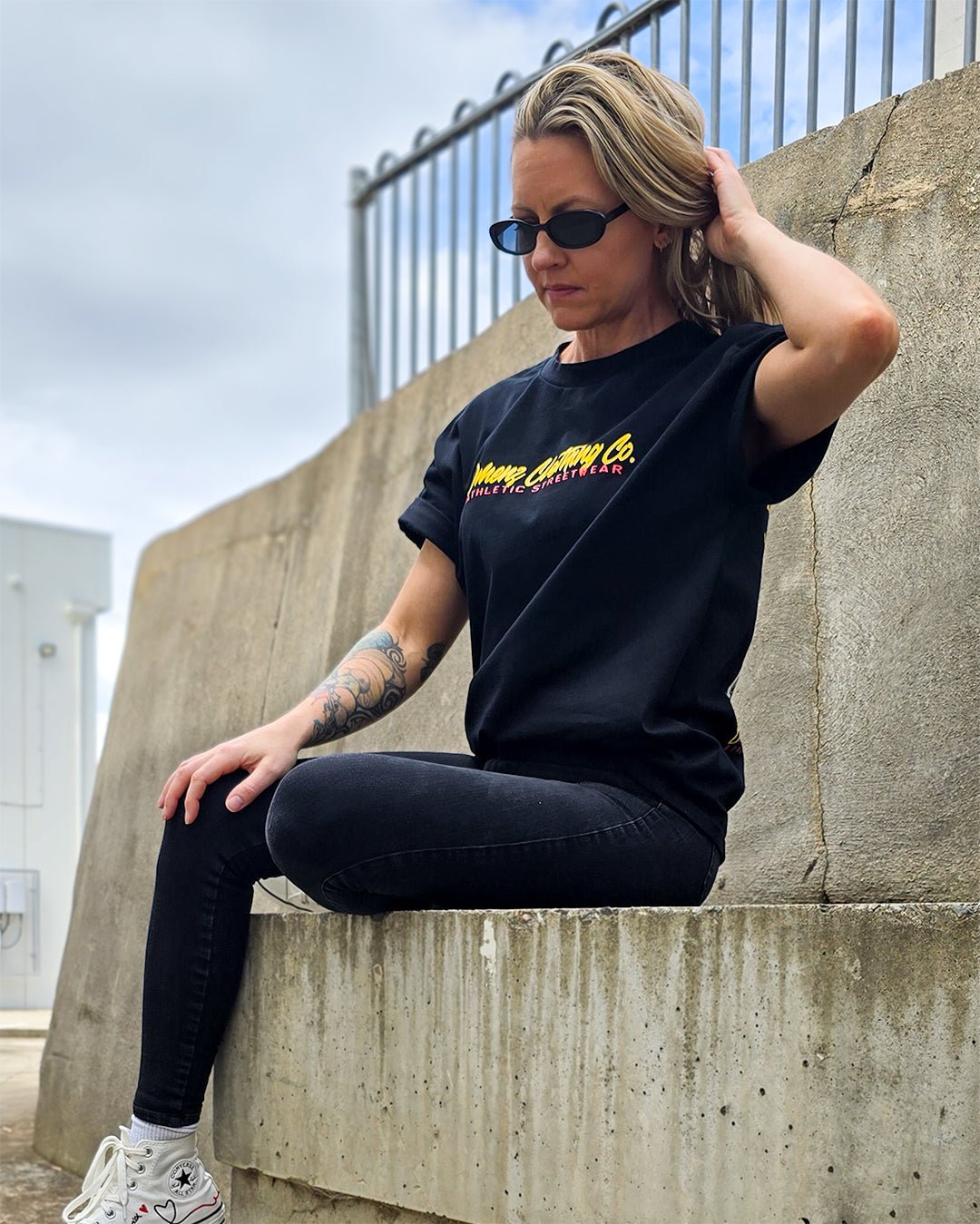

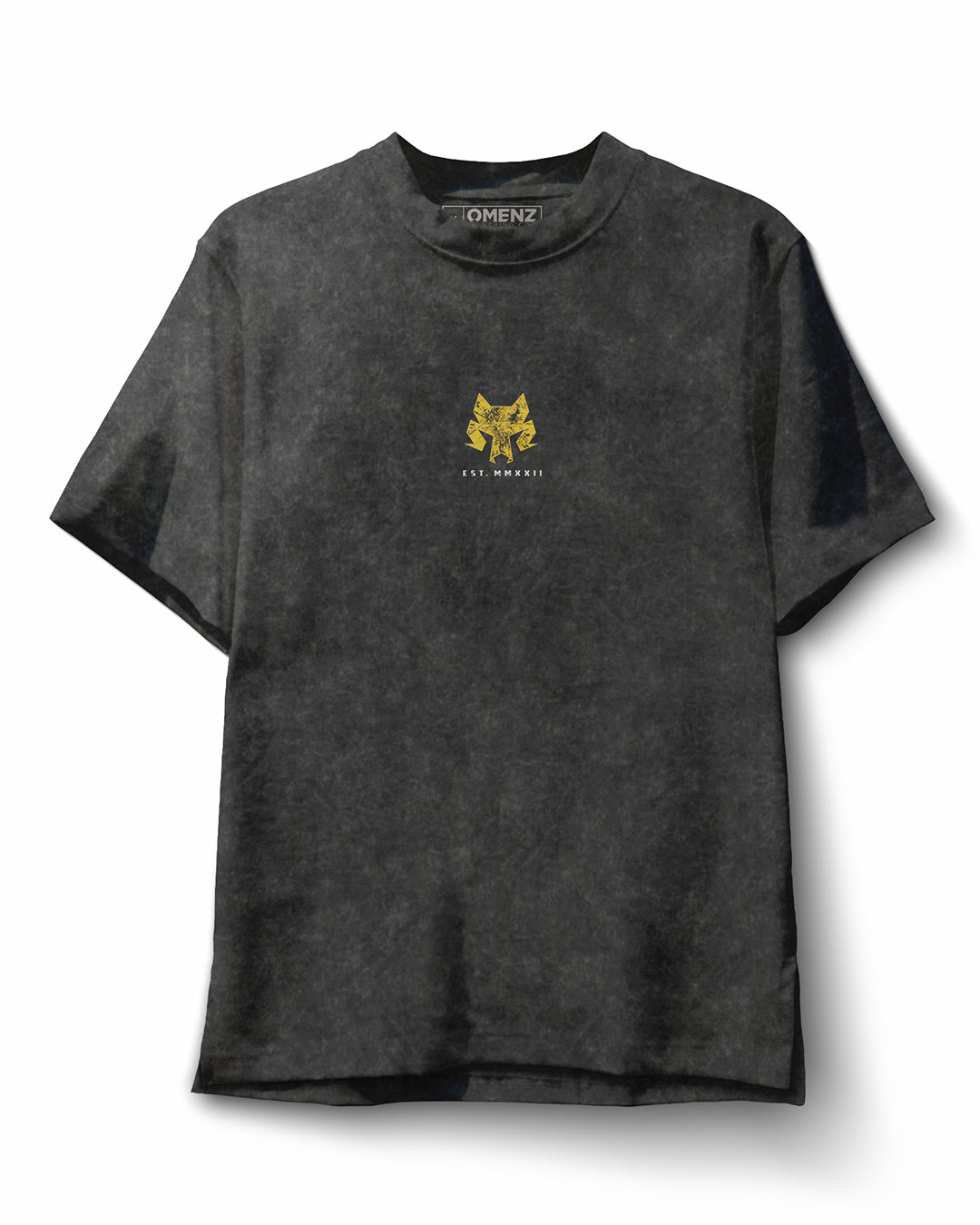
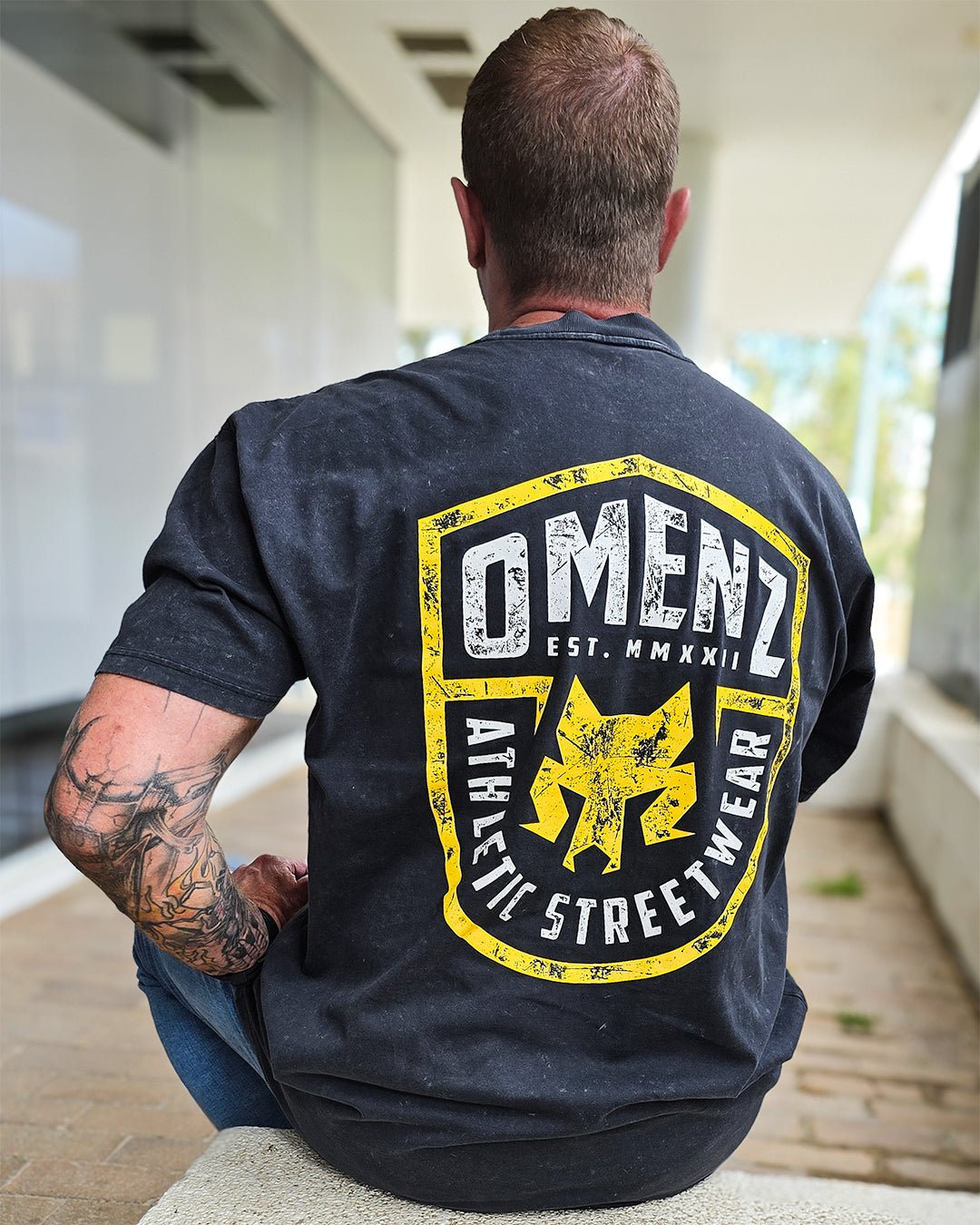
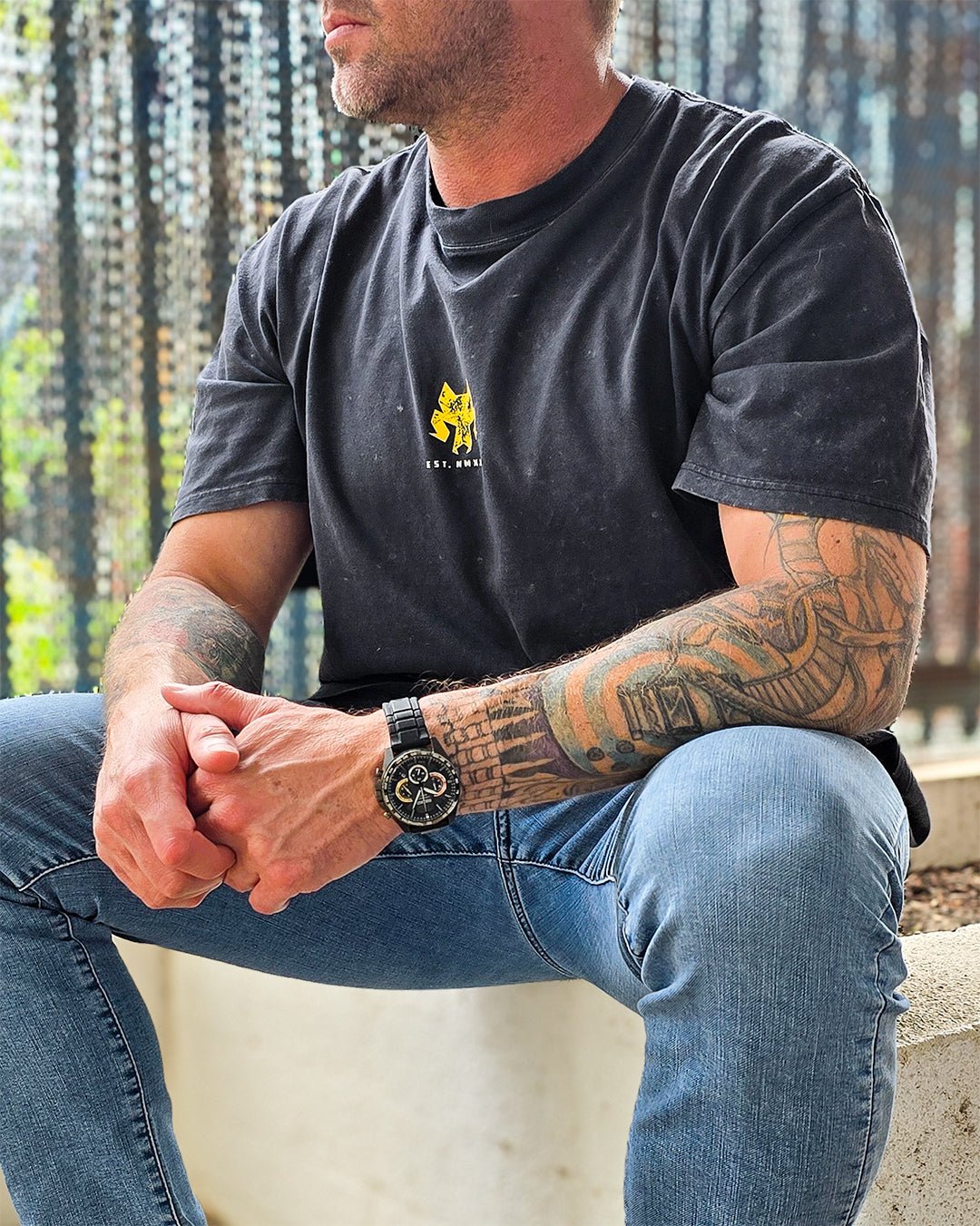
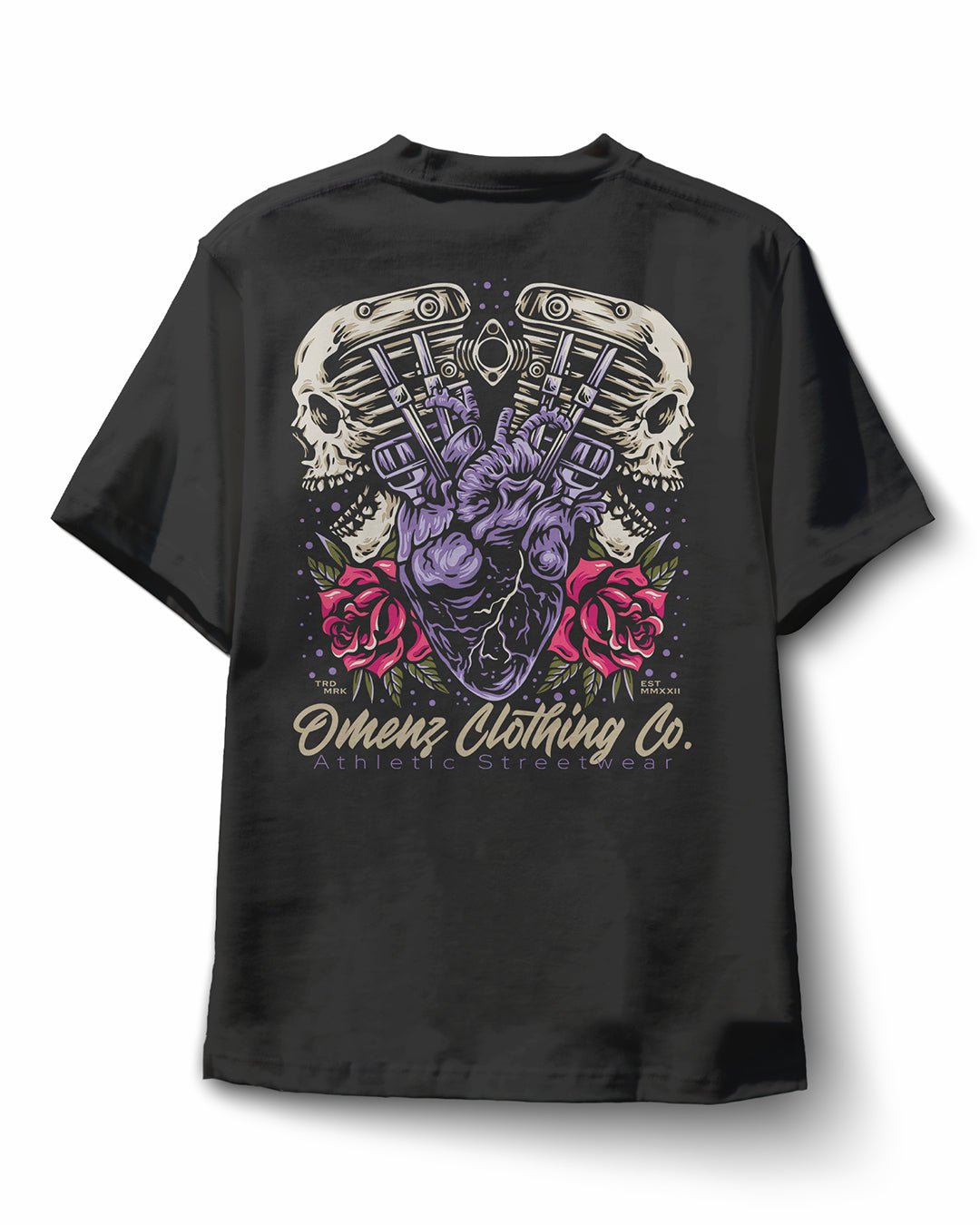

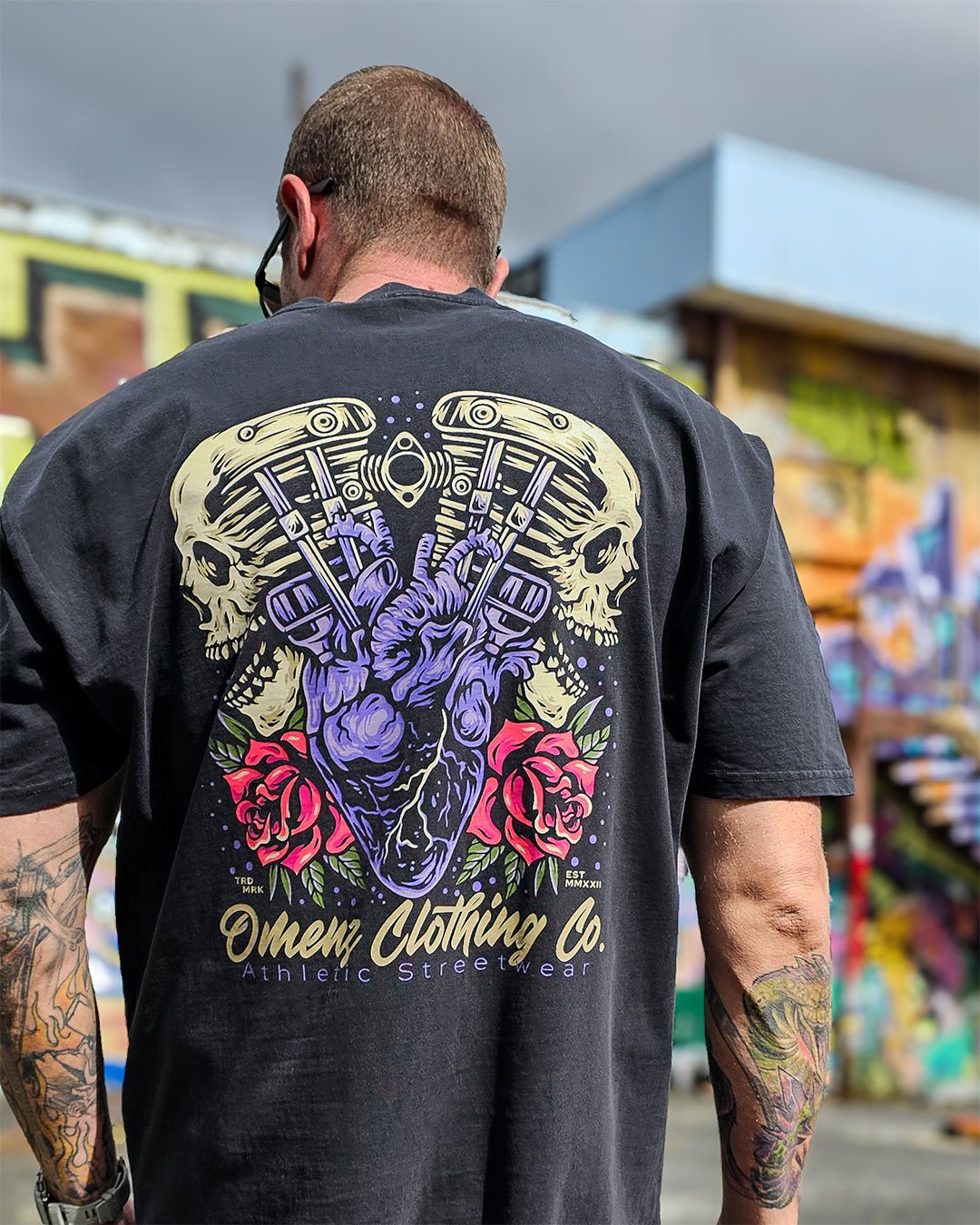
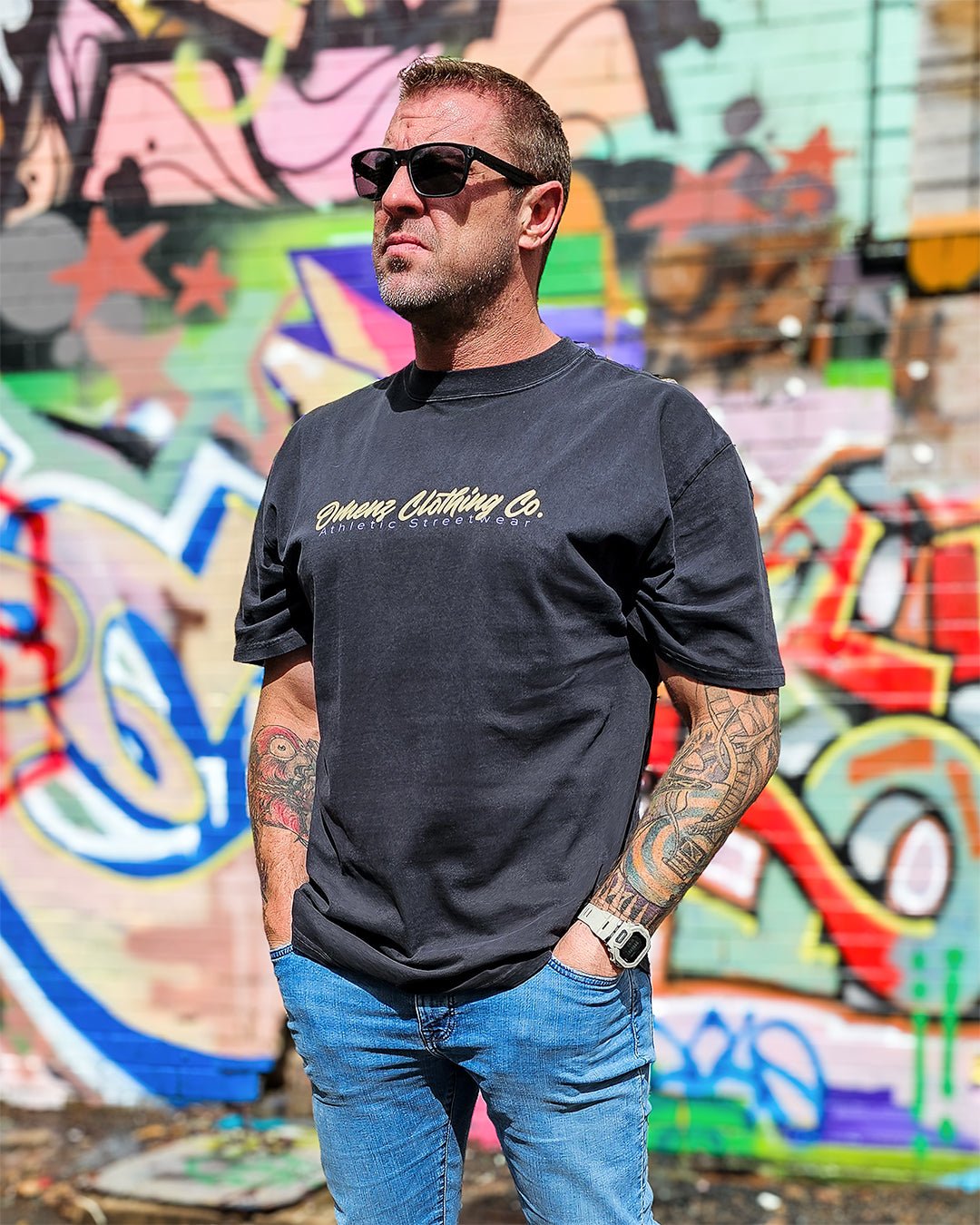
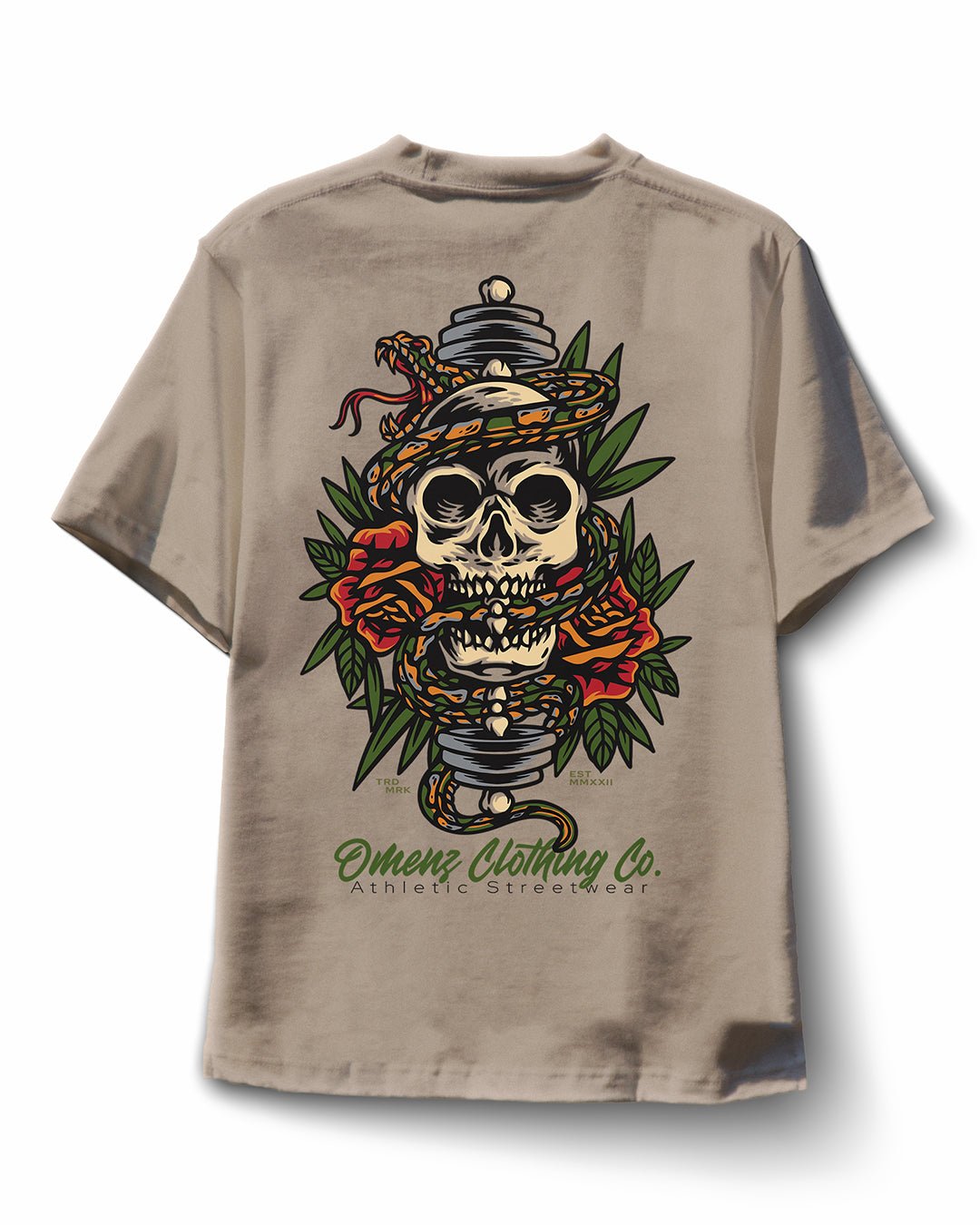
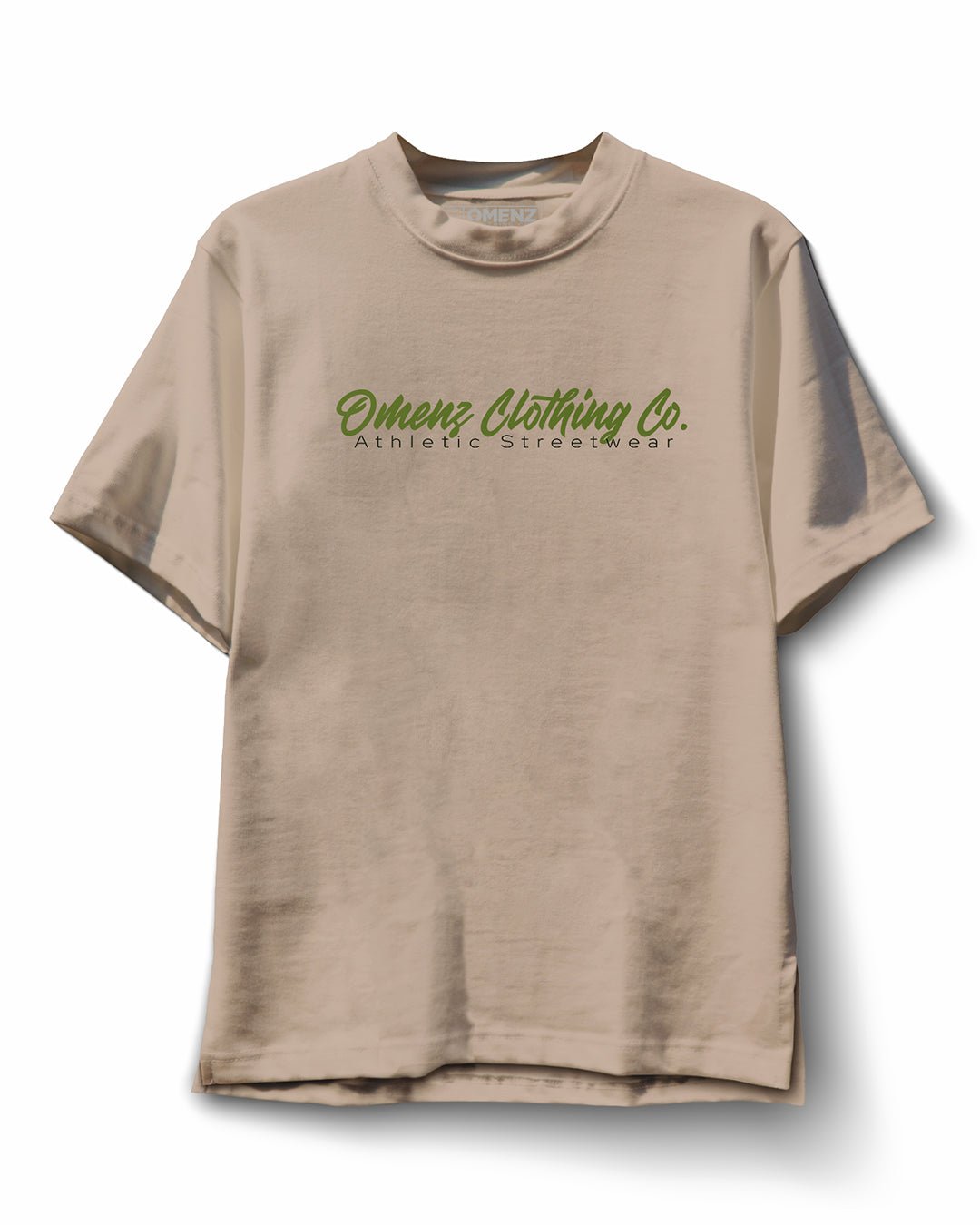
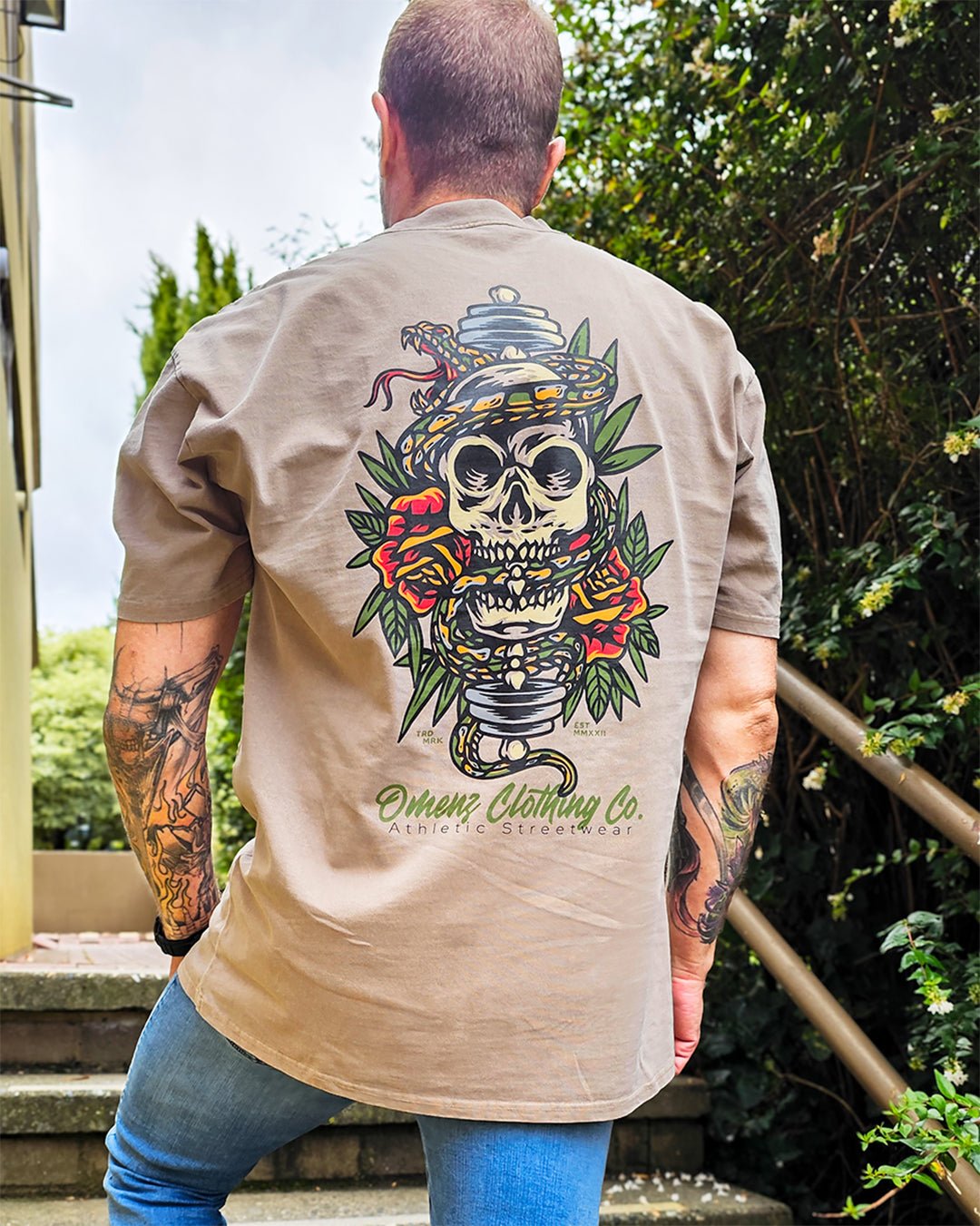
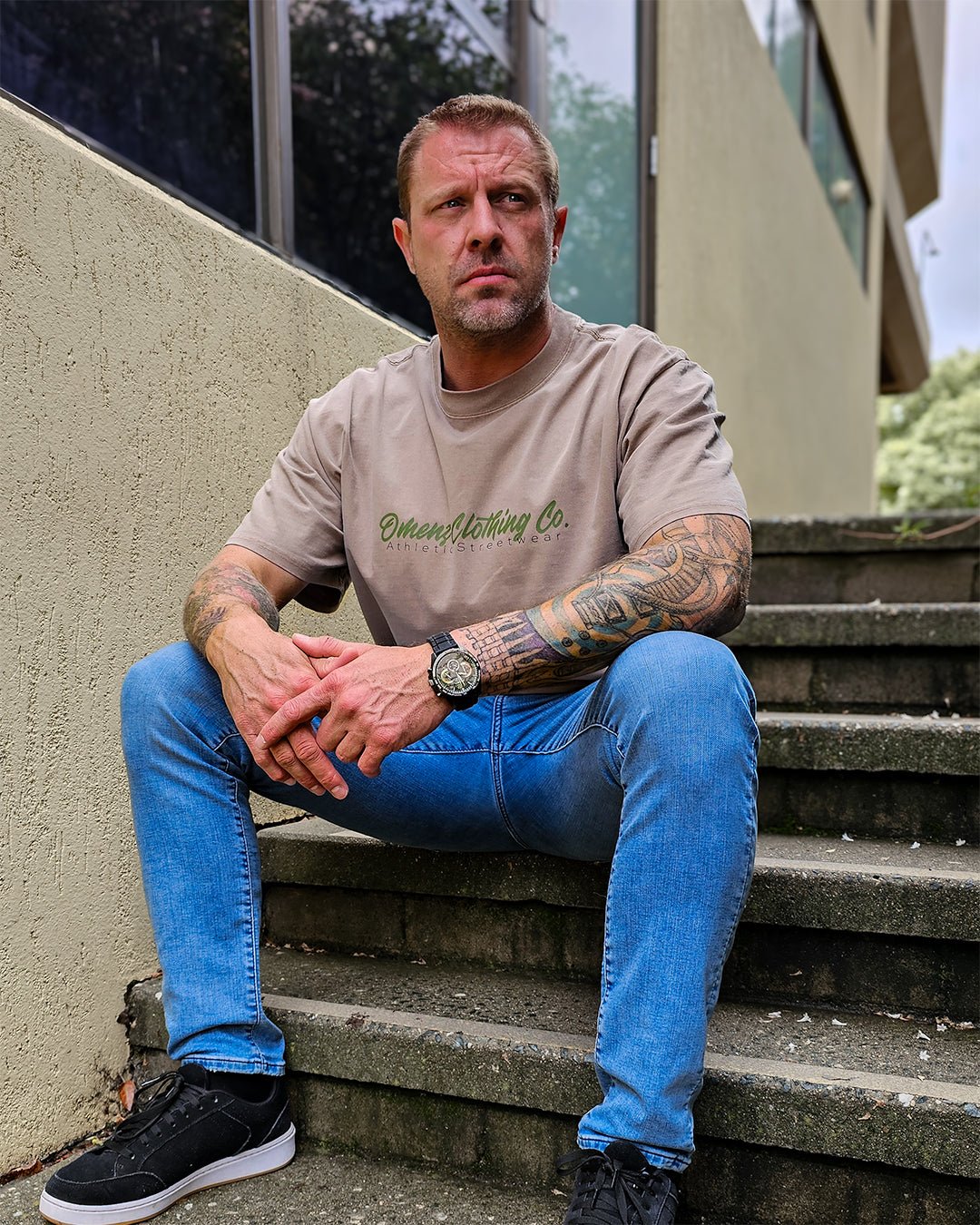


Leave a thought